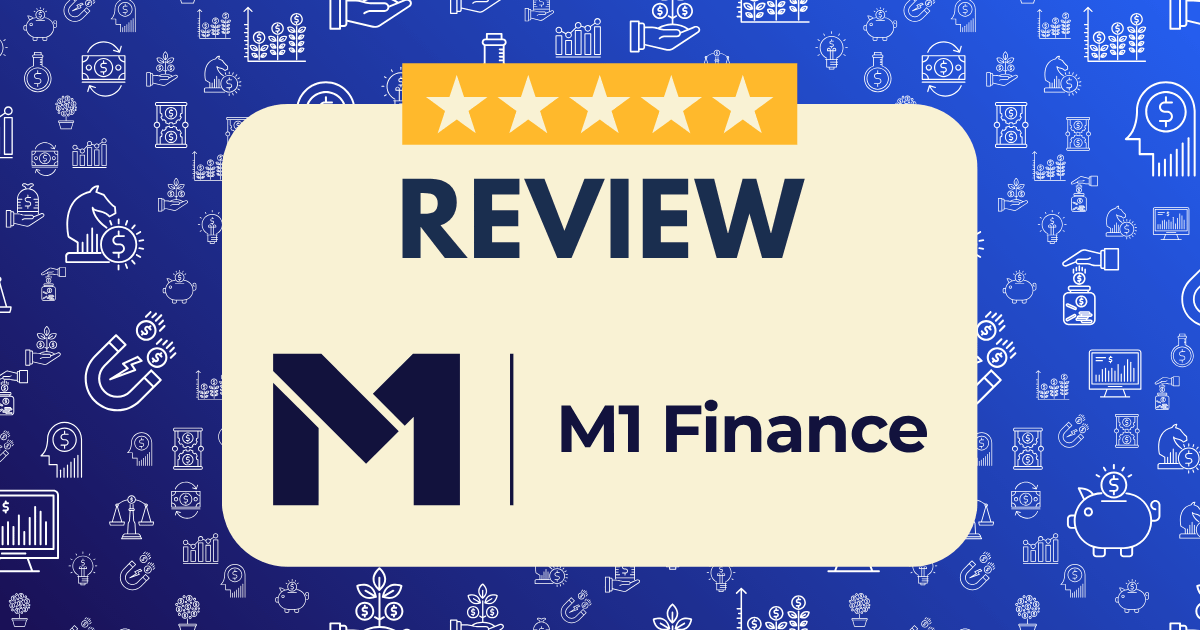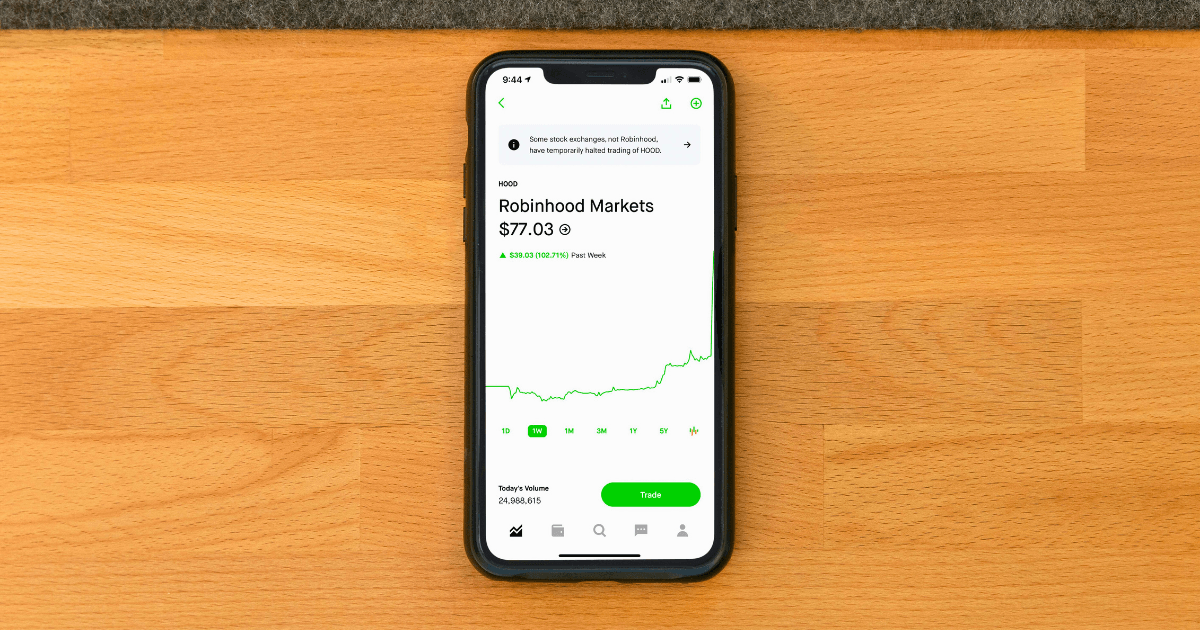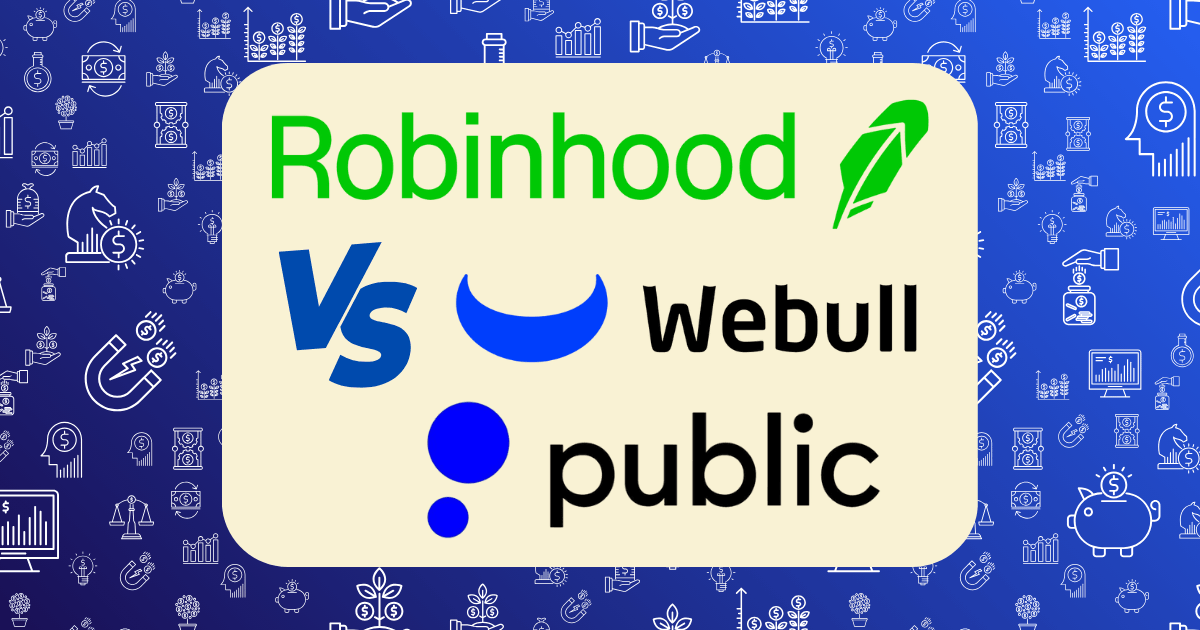M1 Finance Review: How I Built a Dividend Portfolio Generating $300/Month

Two years ago, I found myself trapped in the cycle that plagues most ambitious professionals: trading time for money with no clear path to financial freedom. Despite a respectable income, the psychological ceiling of traditional employment—where earnings are capped by hours worked—felt increasingly constraining.
This realization led me to dividend investing as a pathway to building truly passive income. After researching various platforms, I settled on M1 Finance for its unique combination of customization and automation. Today, I’m sharing the exact strategy I used to build a dividend portfolio that generates over $300 monthly—and how you can replicate this success regardless of your starting capital.
Why M1 Finance for Dividend Investing?
Before diving into my portfolio construction, let’s examine why M1 Finance stands out for dividend investors specifically:
The Platform’s Unique Advantages
- Pie-Based Portfolio Structure: Allows precise allocation to dividend stocks and automatic rebalancing
- Zero Commission Trades: No fees eating into dividend yields
- Fractional Shares: Enables diversification regardless of share prices
- Automated Investing: Set-and-forget system for consistent portfolio building
- Dividend Tracking Dashboard: Visualize income streams and projected earnings
- Dynamic Rebalancing: Maintains target allocations without triggering taxable events
As research from Vanguard has consistently demonstrated, minimizing fees is crucial for long-term investment success. M1’s zero-commission structure eliminates a significant drag on dividend returns.
My Investment Strategy: The Psychological Framework
The foundation of my dividend approach isn’t just financial—it’s psychological. Drawing from behavioral finance research, I structured my strategy around three core principles:
- Consistency Over Amount: Regular contributions regardless of market conditions
- Income Focus Over Price Fluctuations: Measuring success by dividend growth, not daily price movements
- Automation to Override Emotion: Using technology to prevent emotional decisions
This framework addresses the primary psychological barriers that derail most investors: fear, greed, and inconsistency.
Portfolio Construction: The $300/Month Blueprint
Now for the details you’re here for—exactly how I built a portfolio generating $300 monthly in dividends.
Initial Investment and Contribution Schedule
- Starting Capital: $25,000
- Monthly Contributions: $1,500
- Time to $300/Month: 18 months
- Current Portfolio Value: $56,400
- Current Annual Yield: 6.4%
Portfolio Allocation
My M1 “pie” consists of three strategic slices:
1. Dividend Aristocrats Slice (50% of Portfolio) Companies that have increased dividends for 25+ consecutive years:
- Johnson & Johnson (JNJ): 10%
- Procter & Gamble (PG): 10%
- Coca-Cola (KO): 7.5%
- 3M Company (MMM): 7.5%
- Walmart (WMT): 7.5%
- Target (TGT): 7.5%
Strategic Rationale: These companies provide dividend growth and stability, forming the foundation of reliable income.
2. High-Yield Slice (30% of Portfolio)
Higher-yielding investments for immediate income:
- Realty Income (O): 7.5%
- AGNC Investment Corp (AGNC): 5%
- AT&T (T): 5%
- Verizon (VZ): 5%
- Enterprise Products Partners (EPD): 7.5%
Strategic Rationale: These holdings boost the portfolio’s current yield while the Aristocrats compound over time.
3. Dividend ETF Slice (20% of Portfolio)
Diversified exposure through exchange-traded funds:
- Schwab U.S. Dividend Equity ETF (SCHD): 10%
- Vanguard High Dividend Yield ETF (VYM): 5%
- Global X SuperDividend ETF (SDIV): 5%
Strategic Rationale: These ETFs provide broad diversification across hundreds of dividend payers with a single purchase.
Monthly Dividend Income Progression
| Month | Portfolio Value | Monthly Dividend Income |
| 1 | $25,000 | $133.33 |
| 6 | $34,000 | $181.33 |
| 12 | $43,000 | $229.33 |
| 18 | $56,400 | $301.33 |
This progression illustrates an important psychological aspect of dividend investing: the tangible, growing income stream provides positive reinforcement that keeps you committed to the strategy.
M1 Finance Features That Accelerated My Results
Several specific M1 features proved instrumental in optimizing my dividend strategy:
1. Automated Investing Schedule
I configured M1 to automatically invest my $1,500monthly contribution according to my pie allocations, eliminating the need to manually place trades and removing the temptation to time the market.
2. Dividend Reinvestment Options
M1 offers two reinvestment options:
- Auto-invest into the entire pie: Maintains target allocations (my choice)
- Invest in specific slices: Focuses on preferred holdings
By reinvesting dividends across my entire pie, I maintained my strategic allocations while compounding returns.
3. Dynamic Rebalancing
Rather than selling positions to rebalance (triggering taxes), M1’s dynamic rebalancing directs new contributions toward underweight holdings. This tax-efficient approach has saved me approximately $450 in capital gains taxes over18 months.
4. M1 Borrow for Strategic Leverage
After my portfolio reached $25,000, I selectively used M1Borrow at 6.5% interest to purchase additional high-yield positions yielding 8-10%, creating a positive spread. This strategy added approximately $35 in monthly dividend income.
Note: Leverage increases risk and isn’t suitable for all investors. I limited borrowing to 10% of my portfolio value.
The Psychological Benefits of Dividend Investing via M1
Beyond the financial returns, the psychological benefits of this approach have been transformative:
- Reduced Market Anxiety: Focusing on dividend income rather than daily price fluctuations has significantly lowered my investment stress.
- Tangible Progress Tracking: M1’s dividend dashboard provides visual confirmation of growing passive income, reinforcing positive behavior.
- Financial Independence Mindset: Watching dividend income grow creates a powerful psychological shift from “working for money” to “money working for me.”
As research in financial psychology has shown, these psychological benefits often lead to better long-term investment decisions and higher lifetime returns.
Common Challenges and How I Overcame Them
Building this dividend portfolio wasn’t without obstacles. Here’s how I addressed common challenges:
Challenge1: Yield Chasing Temptation
Solution: Established strict quality criteria for high-yield investments, including payout ratio limits, earnings stability, and debt metrics.
Challenge 2: Dividend Cuts
Solution: Diversified across 14+ positions and 3 ETFs to ensure no single dividend cut would significantly impact total income.
Challenge 3: Market Volatility
Solution: Automated bi-weekly investments rather than monthly to take advantage of dollar-cost averaging during marketdips.
How to Replicate This Strategy with Different Capital Amounts
The beauty of this approach is its scalability. Here’s how to adapt it based on your starting capital:
Starting with $5,000
- Focus initially on the ETF slice for diversification
- Set up smaller automatic contributions ($300-$500 monthly)
- Expected timeline to $300/month: 4-5 years
Starting with $50,000
- Implement the full strategy immediately
- Consider increasing the Dividend Aristocrats allocation to 60%
- Expected timeline to $300/month: 8-10 months
Starting with $100,000+
- Implement the full strategy with more individual positions
- Consider adding a fourth slice for dividend growth stocks
- Expected timeline to $300/month: Immediate
Beyond $300/Month: Scaling the Strategy
My current goal is scaling this portfolio to generate $1,000 monthly within three years. The strategy remains largely the same, with these adjustments:
- Increasing monthly contributions to $2,000
- Gradually shifting toward more Dividend Aristocrats as the portfolio grows
- Adding a small allocation (5%) to dividend growth stocks with lower current yields but higher growth rates
Is M1 Finance Right for Your Dividend Strategy?
While M1 Finance has been instrumental in my dividend success, it’s not perfect for everyone. Consider these factors:
M1 Finance is ideal if you:
- Value automation over active trading
- Prefer a set-it-and-forget-it approach
- Want zero commission trades
- Appreciate visual portfolio management
Consider alternatives if you:
- Need real-time trading execution
- Want to actively trade options
- Require extensive research tools
- Prefer mutual funds (not available on M1)
Platforms like Fidelity or Charles Schwab might better serve active traders, while Vanguard remains excellent for mutual fund investors.
Conclusion: The Transformative Power of Dividend Income
Building this $300/month dividend portfolio has fundamentally changed my relationship with money. Each dividend payment represents a small step toward financial independence—income that arrives whether I’m working, sleeping, or traveling.
The psychological freedom of knowing that a growing percentage of my expenses is covered by passive income has allowed me to make career decisions based on fulfillment rather than necessity. As this income stream continues to compound, the possibilities only expand.
If you’re considering a similar path, remember that the most important factors are consistency, patience, and a focus on quality investments rather than chasing yields. Start where you are, automate what you can, and let time do the heavy lifting.
Have you built a dividend portfolio on M1 Finance or another platform? I’d love to hear about your experience in the comments below.






